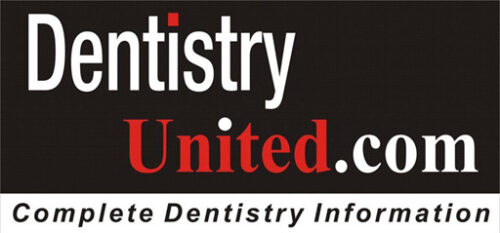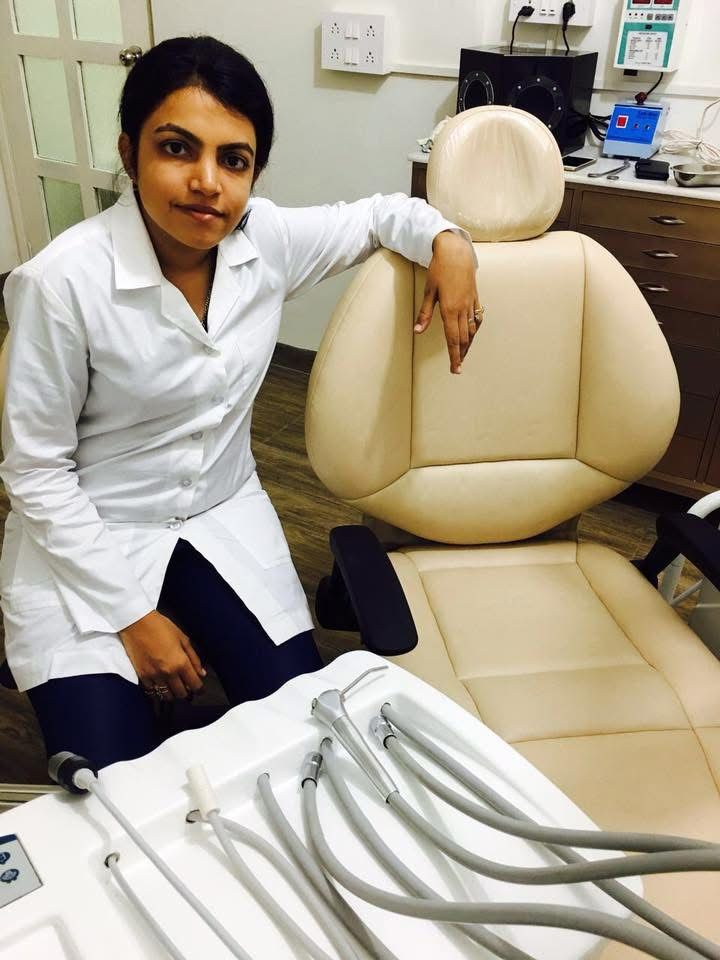under BeInG stuDent – DR. RUKHSAR A VANKANI (Updated 2025)
The Harsh Reality of NEET MDS and CET for Dental Graduates in India
All the fresh dental graduates might be charging towards various entrance examinations with the collective hope of cracking a postgraduate program. The experience? It’s like willingly diving into a black hole—sucked in by ambition, but spit out into uncertainty.
In today’s India, we now have NEET MDS—the supposedly streamlined, all-India level exam meant to bring uniformity and meritocracy. But if you’re one of the thousands sitting for it, you’ll tell a different story. Government institutes have their structured processes, yes—but private and deemed universities continue their age-old rituals: exclusive quotas, inflated fees, and admissions that dance just outside the borders of transparency.
Gone are the days of scattered CETs (Common Entrance Tests) from every state; most have now vanished, swallowed by this central system. But that doesn’t mean clarity has arrived. The application processes are still scattered, still draining, still painfully bureaucratic.
The Exam Pattern: More Than Just MCQs
The format is familiar: multiple-choice questions. Four options. One key. But the real test? It’s not just what you know. It’s how fast you can recall, how calmly you can guess, and how well you can perform under pressure you never really trained for.
And then… the wait. The result.
If your rank is in the top tier, congratulations—you get to choose. You’re one of the lucky few who steer their own destiny. But if you’re not? That’s where the real story begins.
When the Rank Doesn’t Reflect Your Efforts
Because for the vast majority—the unselected—the struggle is heavier, quieter, and far more invisible.
You’ve given a year. Or two. Maybe even three. You’ve studied till your fingers cramped and your vision blurred. You’ve answered mocks with a beating heart and marked calendars with hope. You’ve said no to weddings, holidays, hobbies, and sleep—sacrificing pieces of yourself in the name of a better shot.
And then the list comes out, and your name isn’t where it should be. Or where you prayed it would be. Maybe you didn’t qualify. Maybe you did—but not high enough to choose your specialty. So you’re offered something else. Something you never imagined. Something you’re not passionate about.
The Crossroad: Settle or Try Again?
You stand at a crossroad:
Do you settle? Or do you try again?
Trying again means another year in limbo. Another year of social silence, uncomfortable family dinners, and whispers that begin with “Still preparing?” or “Didn’t get in this time either?” Another year of watching your friends move on, earn, specialize—while you relive your chapters, mocks, and motivational videos in a loop.
And let’s not forget the worst part—self-doubt. That creeping, choking feeling that maybe you’re not good enough. That maybe this dream wasn’t meant for you.
But here’s the thing they don’t tell you in guidebooks:
The fact that you’re still trying is already a sign of strength.
You haven’t failed. You’re just still in the fight.
You’re not behind—you’re just on a detour. One filled with more lessons, more grit, and a hell of a lot more character.
So if you’re reading this with red eyes, a tired brain, and a heart that aches at every rank list—breathe. You’re not alone. You’re not less. You’re just BeInG stuDENT—burnt out, borderline mad, but still stubbornly, beautifully hopeful.
What Can Be Done? Realistic, Credible Alternatives
Government-Recognized Diploma Courses
DCI and state universities can introduce one- to two-year diploma programs in core specialties like Endodontics, Prosthodontics, Pedodontics, or Oral Radiology. These would not replace MDS but offer skill-specific, practical training—especially for students who don’t want to spend years waiting.
DCI-Certified Hands-On Modules with Universal Credibility
Launch standardized, nationwide certification programs—perhaps in collaboration with top government colleges—that offer rigorous, supervised clinical training in procedures like implantology, cosmetic dentistry, lasers, or forensic odontology. These certificates should carry uniform weight across states, be eligible for teaching or clinical practice, and be logged in a central DCI registry.
Bridge Programs for Teaching Eligibility
Candidates who narrowly miss out on MDS seats can be offered a teaching fellowship or bridge program—with pedagogy training and supervised teaching assignments—so they can still pursue a career in academics, especially in rural or tier-2 institutions.
Digital Badging and Continuous Learning Portals
Create a national platform, similar to NPTEL or SWAYAM, with verified micro-courses and badges that add to a dentist’s practice credentials. This could help fill the gap between MBBS-like updates and the current void in dental continuing education.
Because the truth is, we need more options than just “MDS or nothing.”
Lasting Words of Strength
So if you’re reading this with red eyes, a tired brain, and a heart that aches at every rank list—breathe. You’re not alone. You’re not less. You’re just BeInG stuDENT—burnt out, borderline mad, but still stubbornly, beautifully hopeful.
And maybe, just maybe, it’s time the system matched that hope with opportunity.
About the Blogger:
Dr. Rukhsar A. Vankani is a seasoned dental professional with over a decade of clinical experience in Mumbai. A distinguished graduate of Padmashree Dr. D. Y. Patil Dental College, India, she is passionately dedicated to the continual evolution of dentistry. Beyond her clinical acumen, Dr. Vankani is also an accomplished writer and poet, known for weaving insight and imagination into her words.
The blogs featured on DentistryUnited were originally penned in 2012, capturing her reflections and experiences at the time. Now thoughtfully revised and republished, these pieces have been refreshed for the new generation of dentists navigating the dynamic world of 202X. Join her every Tuesday as she shares timeless wisdom with a modern touch.

